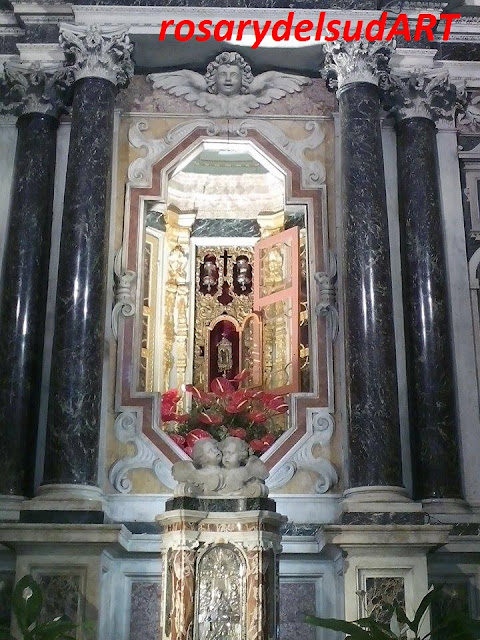


The church, dedicated to Santa Maria Assunta, stood in the Roman city of Luna near the port and the ancient forum. No longer existing since around the 13th century, it has been identified by excavation campaigns still in progress as built on a Roman domus of the late Republican period between the end of the 4th and the beginning of the 5th century, ie in the period in which it is believed the diocese of Luni was founded. Cited for the first time in a document of 879 by Carlomanno (king of Italy), it underwent various restorations and renovations before the 12th century, before being abandoned together with the city, at the beginning of the thirteenth century.
 Few remains of the ancient Cathedral remain, in an area called Cittadella where the episcopal complex was located: the Bishops' palace, canonical buildings, the Baptistery and, precisely, the Cathedral. The archaeological remains reveal various phases, which can be grouped as follows:
Few remains of the ancient Cathedral remain, in an area called Cittadella where the episcopal complex was located: the Bishops' palace, canonical buildings, the Baptistery and, precisely, the Cathedral. The archaeological remains reveal various phases, which can be grouped as follows:
Early Christian Basilica: it was erected in the second half of the 5th century, also using material from buildings of the pagan era. Luni was probably the center of the diocese and the basilica was the first seat of the bishop: there is news that in 465 the bishop Felice participated in the Roman Council and the bishop Vittore participated in the synods from 501 to 504.
The Byzantine Church: the original building was modified around the middle of the 6th century, at the end of the Greek-Gothic war and the creation of the Maritime Province Italorum of which Luni is the center. At this stage the Basilica is perhaps named after the name of Christ.
The Carolingian Church: according to some sources, in 643 the Lombard king Rotari destroyed the walls of Luni, which became a simple village.

However the Basilica seems to have been spared, indeed during the Longobard domination the bishops of Luni had a certain political and administrative autonomy. Bishop Tomas participated in the Lateran Council in 649 and Bishop Severus signed the acts of the Council of Constantinople in 680. Probably at this stage, the Basilica was dedicated to St. Mary.
The Romanesque Church: to this phase belong the last modifications made to the original construction, whose remains have come to us.
The church is famous for the relic of the blood of Jesus Christ, collected during the crucifixion. The relic, brought to Luni in 742 and later transferred here, is kept in the chapel "of the most precious blood" to the right of the main altar, dedicated to St. Thomas.
The work was made by San Tommaso del Caravaggio.
Cathedral of Santa Maria Assunta
Address: Via Nicolò V, 2, 19038, Luni
Phone: 0187 620017
Site:
http://www.cattedraledisarzana.itLocation inserted by
Paola Bonometti